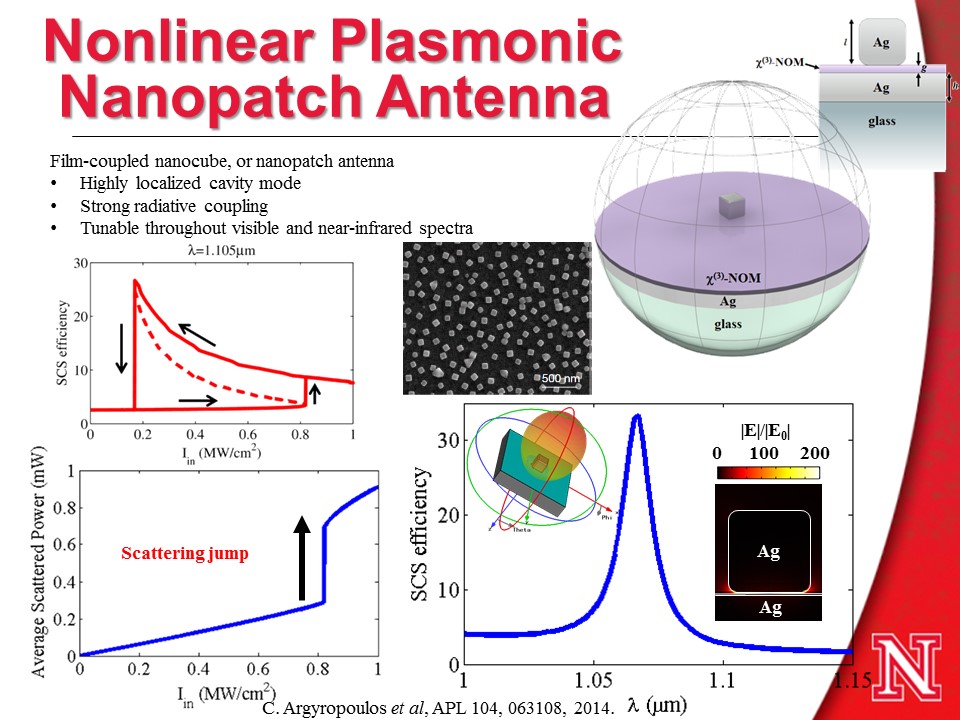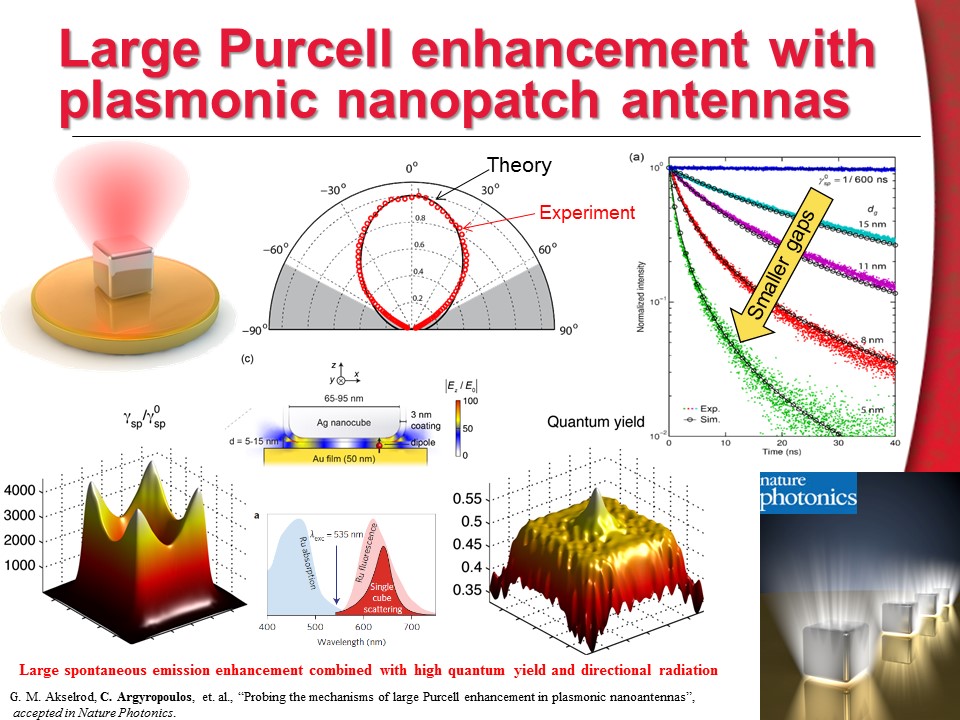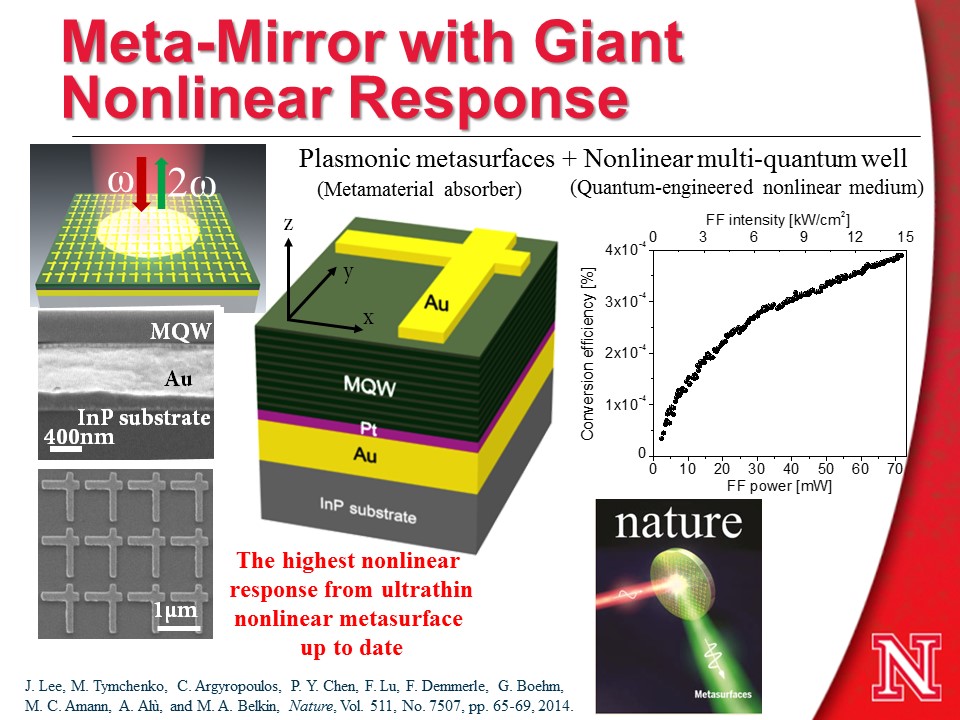Design of Ultrafast and Power Efficient Integrated Optical Components
Our lab is equipped with a Hamamatsu C10910 series universal streak camera for UV to near-IR measurements with smaller than one picosecond temporal resolution.


In the next generation of information processing, it is envisioned that the devices will operate with photons rather than electrons. In these systems, the information will travel with ultrafast speed and with low power. However, the optical counterparts of well-established electronic components, such as diodes and transistors, remain elusive. During our future research, we will propose ultrafast, low-power, high-density integrated nonlinear plasmonic structures, which can act as all-optical switches and nanomemories, paving the way to create optical diodes and transistors for the future computing technologies. Novel frequency mixing and conversion mechanisms will be proposed based on nonlinear plasmonic structures, which combine perfect phase matching with enhanced field distributions, ideal conditions to achieve strong harmonic conversion. The bandwidth of metamaterials and plasmonic structures will be rapidly increased, when active and nonlinear components will be introduced in their designs. Tunable and reconfigurable electromagnetic components will be proposed based on switchable and nonlinear metadevices.
One example is the nonlinear colloidally synthesized film-coupled plasmonic nanopatch antenna, which exhibits a strong, ultrafast and low-power all-optical scattering switching behavior. Optical bistability is a difficult and tantalizing task but the proposed plasmonic system can efficiently control light with light due to the giant enhancement of the electric field inside the nanogap. In general, nonlinear plasmonic interactions mainly consist of coherent optical mechanisms, which are ideal processes for the future quantum systems, for example to greatly enhance single quantum dot emission. Hybrid nanophotonic structures will be proposed, based on the combination of exotic materials, such as two-dimensional (2D) materials (i.e. graphene), dye molecules and quantum-dots, with plasmonic or metamaterial configurations. Tunable excitonic and plasmonic responses will be presented and new hybrid resonant mechanisms will be demonstrated. The obtained results will be important from both fundamental science and practical point of view. Interestingly, we have also combined the quantum-mechanical engineering of polarization transitions in multi-quantum-well semiconductor substrates with the electromagnetic engineering of plasmonic modes in patterned metasurfaces to achieve giant nonlinear optical responses. Efficient flat nonlinear optical elements were designed with this approach, in which frequency mixing may occur over deeply sub-wavelength films with relaxed phase-matching conditions compared to conventional bulk nonlinear crystals enabling broadband nonlinear mirrors for frequency up- and down-conversions, phase conjugation, and all-optical control. Finally, phase change material combined with robust plasmonic sensors can be designed to further improve the tunability of these devices.